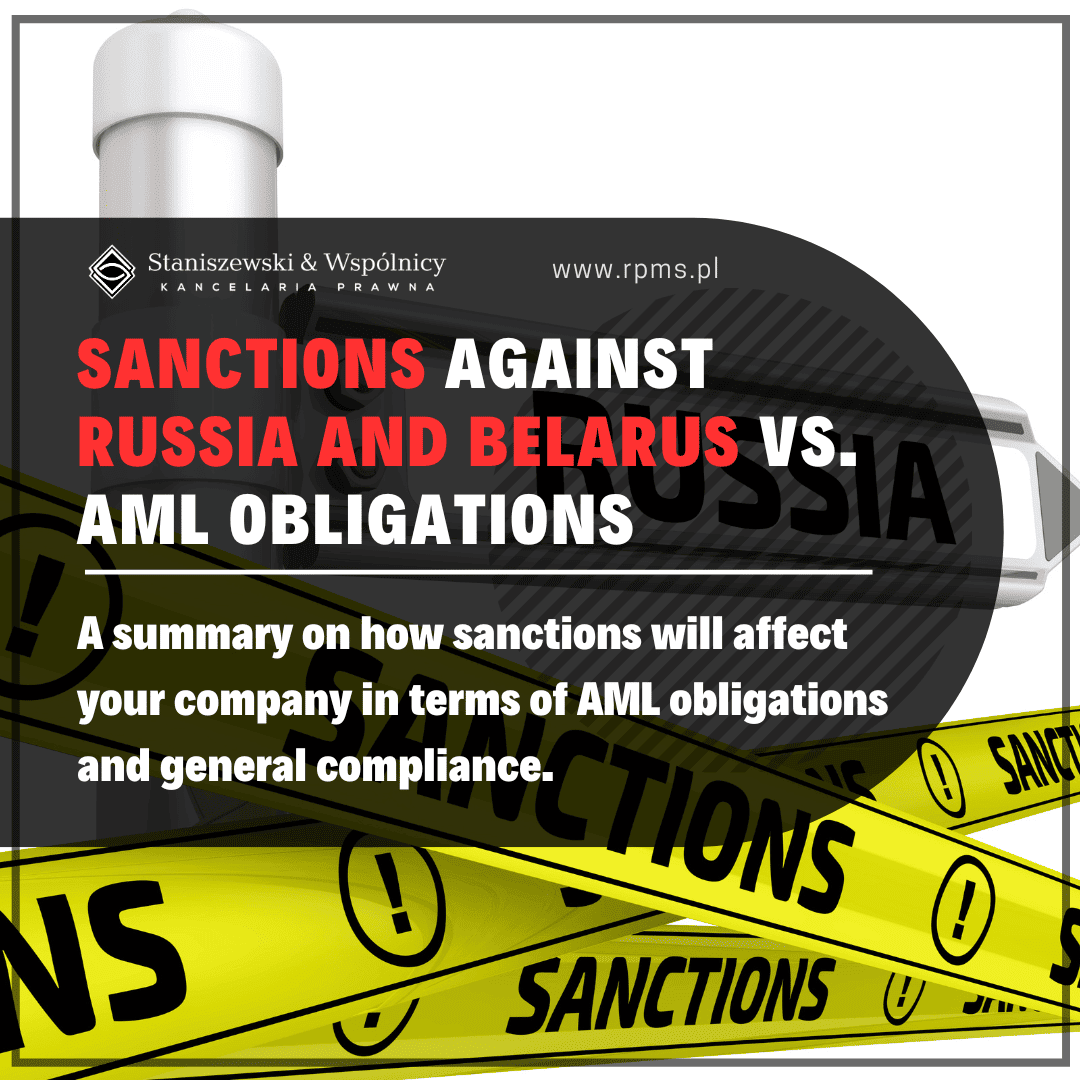Table of contents
Transportation of goods constitutes an exceptionally significant sector of both national and international economies. However, long-distance transport is inherently associated with a considerable risk of damage or loss of goods during the execution of duties by carriers, often resulting in delivery delays. To ensure the proper standards of international transportation services, the field of freight forwarding and logistics has been extensively regulated. What are the national, community, and international regulations that govern the work of international carriers?
National Regulation of International Transport

Under national law, the transportation of people and goods has largely been regulated by the Act of September 6, 2001, on Road Transport. This act regulates national and international transport (both paid and unpaid), as well as a range of other matters such as:
- the operation of the Road Transport Inspection of Poland,
- liability for violations of transportation obligations or conditions,
- procedures and conditions for designating stations providing assistance to disabled persons and persons with limited mobility,
- passenger protection principles.
According to Article 4 section 2 of the Road Transport Act, international road transport is defined as “…the undertaking and conduct of economic activity involving the transport of people or goods by motor vehicles, including combinations of motor vehicles consisting of a motor vehicle and a trailer or semi-trailer, where the journey between the point of origin and the destination involves crossing the borders of the Republic of Poland (…).
Selected issues related to transport law in the context of international transportation can also be found in the Transportation Law Act of 15th November 1984. This act regulates the carriage of people and goods performed for remuneration under a contract by carriers authorized to do so, including provisions of international law unless an international agreement states otherwise. In carriage law, we primarily find regulation related to:
- the carriage of people and baggage,
- the carriage of freight,
- the securing of claims and the handling of shipments,
- the carrier’s liability for non-performance or improper performance of contracts for the carriage of people and goods,
- the carrier’s liability and the determination of the shipment’s condition,
- the pursuit of claims in court,
- the principles for calculating compensation.
It should be noted that transportation utilizing other modes of communication (e.g., aviation and maritime) has been extensively discussed in other laws.
International transportation is a complex area of law where regulatory provisions and binding agreements between parties play a crucial role. If you need to draft a contract for cross-border transportation of goods but are unsure of its content, seek the assistance of an attorney-at-law with experience in drafting and reviewing such contracts.
Commencement of International Carrier Activity and Legal Regulations
The execution of international road transport requires obtaining a community license, issued upon the entrepreneur’s application by the Main Inspector of Road Transport through an administrative decision. The waiting time for the issuance of the decision typically does not exceed one month if a complete set of documents is attached to the application. Obtaining a community license requires having permission to practice as a road carrier.
In accordance with Article 7a of the Road Transport Act, the entrepreneur’s application for the issuance of a community license may be submitted in writing, in paper form, or electronically.
Such an application should include:
- The identification of the entrepreneur, their registered office, address, or place of residence.
- The entrepreneur’s registered office address in a member state in accordance with the requirements of Regulation No. 1071/2009.
- Information about entry in the Central Registration and Information on Economy Activity (CEIDG) or the National Court Register (KRS) number if required.
- Tax Identification Number (NIP).
- The specification of the type of road transport.
- The specification of the type and number of motor vehicles the entrepreneur will use for road transport.
- Information about the person responsible for managing transportation in accordance with the requirements of EU Regulation No. 1071/2009.
- The specification of the number of extracts from the license for practicing the profession of a carrier with a community license.
- The determination of the period for which the community license is to be granted.
The application for the grant of a community license must also include several attachments. What else should be considered?
The application must include a certificate of professional competence, issued by a special commission after passing an examination, certifying that the person possesses the competence to conduct business activities in the field of road transport. The certificate should belong to the person responsible for managing transportation responsible for organizing logistics operations. The Road Transport Act, in its Article 37, introduces a list of exemptions from the competence examination for entities.
An entrepreneur planning transportation activities should also demonstrate that their financial situation allows for realizing such economic intentions. In practice, this is most often achieved by presenting liability insurance for carriers, but the administrative authority also accepts bank guarantees. If the company’s organizational and legal form requires preparing a financial statement, it should also be attached to the application.
An essential element for granting a license is also the demonstration by the entrepreneur that they have the right (not necessarily ownership) to use the so-called operational base. This is a place equipped with technical equipment and devices that enable the conduct of transportation activities in an organized and continuous manner. It is also necessary to remember to attach a list of vehicles used for transportation activities to the application and to submit a certificate of no criminal record, which is a prerequisite for establishing a good reputation.
This means no criminal convictions for intentional, serious offenses related to transport and road traffic, as well as commercial, bankruptcy, or labor law. Any recognition in any of the member states as unfit to conduct transportation activities disqualifies the applicant.

Administrative Fees

The granting of qualifications and licenses for the profession of international carrier of goods or people entails the obligation to pay administrative fees:
- The fee for granting a license for the profession of a road carrier is PLN 1000 (the cost of each extract is PLN 110).
- The fee for granting a community license depends on the duration for which it is granted:
- A license for up to 5 years costs PLN 4000 (the cost of each extract is PLN 440).
- A license for a more extended period (up to 10 years) costs PLN 8000 (the cost of each extract is PLN 880).
An entrepreneur who did not have a prior permit and applies for one along with a community license must pay both fees.
If you plan to start a business as an international carrier of goods or people or want to expand your company’s scope to cross-border transportation and require a community license, consider using the services of a law firm that can help you finalize the necessary administrative formalities.
In addition to carriage law and the Road Transport Act, solutions and answers to questions can also be found in the following laws:
- The Act on the Working Time of Drivers of April 16, 2004,
- Carriage of Dangerous Goods Act of August 19, 2011,
- The Road Traffic Law Act of June 20, 1996.
In addition to statutory acts, numerous executive regulations are issued to clarify specific issues in the transport market.
International Regulations Governing Cross-Border Transportation
In the realm of European Union and international legislation, a series of key legal acts can be identified that regulate the work of international carriers.

The most important European Union Legal Acts

Among the pivotal EU regulations, the following should be noted:
- Regulation (EC) No 1071/2009 of the European Parliament and of the Council of 21 October 2009 establishing common rules concerning the conditions to be complied with to pursue the occupation of road transport operator and repealing Council Directive 96/26/EC.
This EU legal act sets forth the conditions an entrepreneur must meet to engage in the profession of a road transport operator within the European Community. It also introduces the concept of the “person responsible for managing transport” and minimum requirements concerning the entrepreneur’s registered office, good reputation, and financial capacity. The regulation grants national authorities the competence to suspend or withdraw licenses and to conduct inspections of road carriers.
- Regulation (EC) No 1072/2009 of the European Parliament and of the Council of October 21 2009 on common rules for access to the international road haulage market.
This regulation governs the driver’s certificate and the community license, as well as the conditions for refusing the issuance and revocation of these permits.
- Regulation (EC) No 2020/1054 of the European Parliament and of the Council of July 15 2020 amending Regulation (EC) No 561/2006 as regards minimum requirements on maximum daily and weekly driving times, minimum breaks and daily and weekly rest periods and Regulation (EU) No 165/2014 as regards positioning by means of tachographs.
Recently, EU regulations have come into force amending the existing regulations regarding maximum daily and weekly driving times, minimum breaks, daily and weekly rest periods, as well as the use of tachographs for tracking vehicle positions.
International Law Conventions
In addition to community acts, it is essential to mention the most important international agreements that regulate the work of international carriers.
- TIR Convention of November 14, 1975 (International Road Transport)
Simplifies customs-border procedures during international transportation of goods by exempting the collection of customs and tax duties and the preparation of customs documentation (provided the carrier has a TIR carnet). Recognizable by the blue license plate with a white “TIR” inscription, vehicles benefiting from this agreement must possess a “certificate of approval.” TIR procedures do not apply to the transport of tobacco and alcohol products.
- Convention on Temporary Admission of June 26, 1990.
Under this convention, each party may make temporary admission of goods contingent on presenting an ATA or CPD (in a regular or simplified procedure) customs document and paying the appropriate guarantee. The act specifies detailed rules for the export of animals, means of transport, containers, pallets, and packaging.
- Convention on the Contract for the International Carriage of Goods by Road (CMR) of May 19, 1956.
According to this convention, the consignment note should regulate detailed conditions for the carriage of goods. The provisions contained in it, in the absence of a written agreement, replace the content of the agreement between the parties. The act also regulates the liability of international carriers for transported goods.
- Convention on a common transit procedure (CTP) of May 20, 1987.
The convention defines the rights and obligations of the contracting parties and customs authorities during transit. It introduces the electronic transit system as a principle and the possibility of applying simplified procedures by stakeholders. According to the convention, goods can be stored, dispatched, or transshipped without regard to type and origin after meeting specific conditions.
- European Agreement concerning the International Carriage of Dangerous Goods by Road (ADR) of September 30 1957.
The agreement introduces a universally accepted classification of dangerous goods (13 groups of goods divided based on the predominant hazard), as well as separate customs and sender procedures. It also includes provisions regarding packaging and its testing, conditions for loading, transportation, unloading, and handling of ADR cargo.
- European Agreement concerning the Work of Crews of Vehicles Engaged in International Road Transport (AETR) of December 20, 1985.
This legal act contains guidelines to increase road safety in transportation and general indications regarding employment in accordance with ILO standards (age, working hours, rest). The convention is applied to international transport outside the EU and EEA territories.
- European Agreement on the International Carriage of Perishable Foodstuffs and on the Special Equipment to be Used for such Carriage (ATP) of September 1, 1970.
The convention regulates the technical conditions and necessary equipment of vehicles intended for the transportation of perishable foodstuffs (and the control of compliance with these conditions). It also provides guidelines on the target thermal conditions for specific food groups, procedures, and methods for measuring refrigeration and heating equipment.
Establishing a company specializing in international cargo transportation is a complex and multi-stage process, and it represents just the beginning of the entire undertaking. Identifying the appropriate regulations for a specific type of transportation (as well as the transported goods) is not always straightforward.
It is crucial to remember that alongside material and legal aspects, one must comply with tax regulations, which may impose various public-law burdens. To safely navigate through all procedures and successfully operate a transportation business, it is advisable to consider seeking the assistance of professionals.















